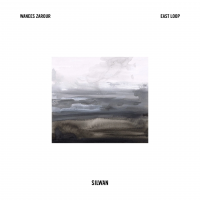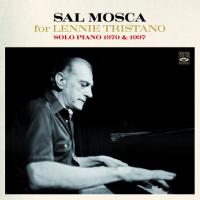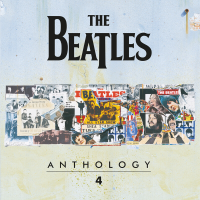Home » Jazz Articles » Album Review » Luciano Troja: At Home with Zindars
Luciano Troja: At Home with Zindars
"Mother of Earl," was first recorded by Evans in 1957, and remained in his repertoire until the very end. Evans recorded nine Zindars' compositions—of which Troja interprets four here—and performed others which were never recorded officially. In an informative 34-page accompanying booklet, Troja relates how Zindars often composed with Evans in mind; a single listen to "Four Times 'Round," "Waltz," and "Karen's Mode"—all highly evocative of Evans' sound—suggests that this was also true in the years after the pianist's' sadly premature death in 1980.
Zindars influenced Evans through his employment of changing time signatures—something which was quite innovative in jazz in the '50s—in the slowness of his ballad tempos, and, probably, in the sparseness of his left-hand voicings. Although a tribute to Zindars, Troja's sensitive touch, the lyricism that he mines in these compositions, and his quiet power, in effect highlight the close musical bond between Zindars and Evans. On the one Troja original, appropriately titled "Earl and Bill," Troja becomes part of that bond with a classically tinged piece, part requiem and part nostalgic tribute. The serenity and romanticism of the piece, and its intensity, recalls trumpeter Miles Davis' description of Evans' "quiet fire."
Troja's liberal interpretation of "Sareen Jurer (The Mountain's Water)" confirms that Zindars' inspiration has not curtailed his freedom of expression. Inspired by an idea of Zindars' Armenian wife Anne, the composition traces the harmonic progression of water from the peak of the Ararat Mountain along its course to the valley below. Troja's performance is both grand and eloquent, flirting with the blues early on, building a circuitous momentum and, all in all, capturing the drama of the episodic narrative.
Perhaps Zindars' best known piece, "How My Heart Sings"—much loved by Evans—contains a pedal sustain that was possibly another of Zindars' legacies to Evans; here, Troja's interpretation is delicate yet assured. The closing "Roses for Anning" was Zindars's final composition and was, like so many others in his oeuvre, inspired by his wife. In a way, it sounds like the perfect coda to "How My Heart Sings," written 43 years before.
Previously, only pianist Bill Cunliffe has dedicated an entire CD to Zindars' music—How My Heart Sings (Torri Records, 2003); now, Troja adds to Zindars' reputation, succeeding admirably in translating the beauty that lies in Zindars' simplicity, and in navigating the deceptively complex structures in which these rhapsodic poems of love abide.
Track Listing
1. Mother of Earl - 4:31; 2. Nice Place - 3:19; 3. Silverado Trail - 6:18; 4. Four Times ‘Round - 3:13; 5. Z Waltz - 2:28; 6. Sareen Jurer - The Mountain’s Water (part one) - 4:03; 7. Sareen Jurer - The Mountain’s Water (part two) - 3:48; 8. Lullaby for Helene - 3:12; 9. Karen’s Mode - 3:32; 10. My Love Is an April Song - 6:24; 11. Three Times ‘Round - 3:22; 12. Earl and Bill (L. Troja) - 5:55; 13. I Always Think Of You - 2:29; 14. Joy - 5:05; 15. How My Heart Sings (Anne & Earl Zindars) - 2:21; 16. Roses for Annig - 4:14 Ove non indicato le composizioni sono di Earl Zindars.
Personnel
Luciano Troja
pianoLuciano Troja (pianoforte).
Album information
Title: At Home with Zindars | Year Released: 2010 | Record Label: Self-produced
Tags
PREVIOUS / NEXT
Support All About Jazz
 All About Jazz has been a pillar of jazz since 1995, championing it as an art form and, more importantly, supporting the musicians who make it. Our enduring commitment has made "AAJ" one of the most culturally important websites of its kind, read by hundreds of thousands of fans, musicians and industry figures every month.
All About Jazz has been a pillar of jazz since 1995, championing it as an art form and, more importantly, supporting the musicians who make it. Our enduring commitment has made "AAJ" one of the most culturally important websites of its kind, read by hundreds of thousands of fans, musicians and industry figures every month.



























